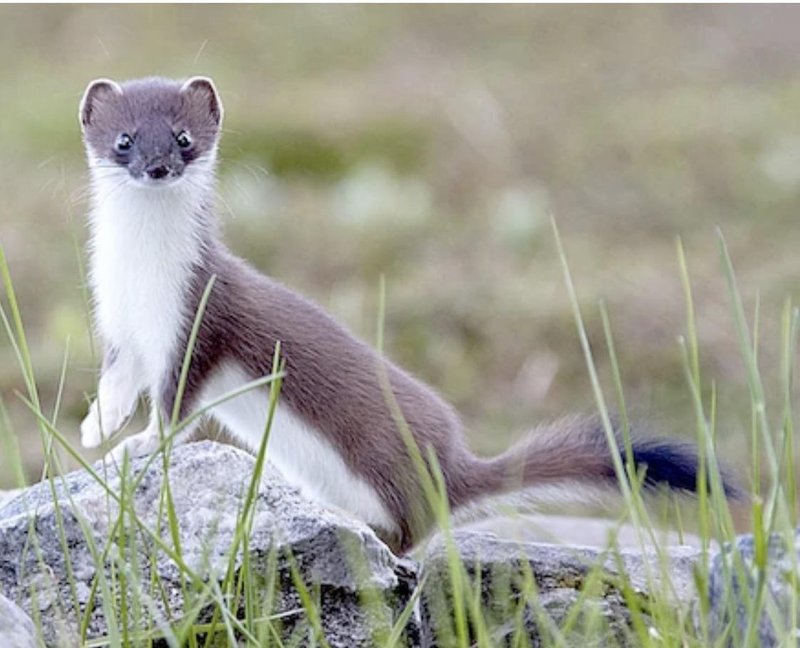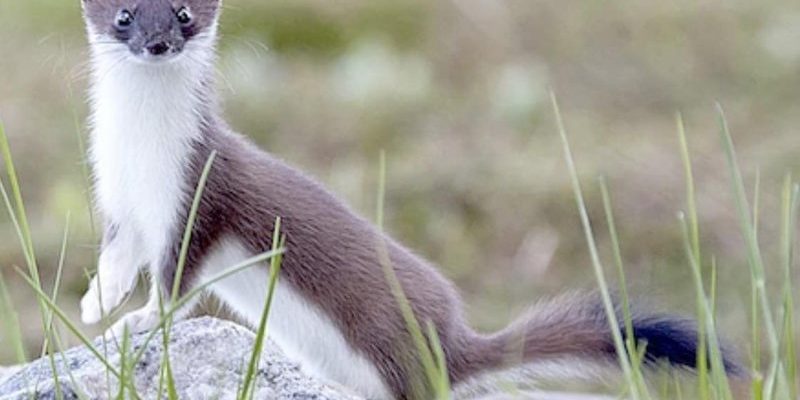
You know how every culture has its own set of stories and beliefs that shape how they view the world? The stoat is no different. Depending on where you are, this little creature can represent everything from cleverness and agility to cunning and mischief. In this article, we’ll dive into how the stoat is represented in different cultures and mythologies, showcasing its role in tales, art, and symbolism. So, grab your favorite drink, and let’s unravel the fascinating world of the stoat in culture!
The Stoat in European Folklore
In Europe, the stoat has a rich presence in folklore and mythology. Often associated with transformation, this creature appears in various stories that highlight its adaptability. In some cultures, especially in Britain, the stoat is seen as a trickster. This aligns closely with the weasel family’s reputation for being crafty and agile.
One popular tale involves the stoat’s ability to escape predators by swiftly darting into narrow spaces. Folk tales often exaggerate this trait, portraying them as clever escape artists who outsmart larger animals. This cleverness can symbolize resilience, reflecting how people might navigate their challenges.
Additionally, the stoat was often mentioned in medieval literature, where it was associated with nobility and grace. Its winter coat, a stunning white, was historically worn by royalty to signify purity and status. In this way, the stoat becomes a symbol of elegance, merging its natural beauty with cultural ideals of power.
Stoats in Native American Mythology
In Native American cultures, the stoat (often referred to as the ermine) plays a unique role. Various tribes attribute different meanings to this creature, but a common theme is its representation of stealth and strategy.
For some tribes, the stoat is viewed as a teacher, embodying wisdom that guides people in their journeys. Stories often depict the stoat as a spirit animal, helping individuals navigate difficult times with cunning and cleverness. This connection to strategy aligns with the creature’s behavior in the wild, where it must constantly outmaneuver larger predators.
Moreover, the stoat’s changing coat symbolizes transformation and renewal. Just as the seasons change, so do our paths in life. This symbolism encourages people to embrace change rather than fear it, making the stoat a powerful figure in personal growth narratives.
The Stoat in Asian Cultures
In various Asian cultures, the stoat presents a more complex narrative. In Japan, for instance, the stoat is often linked to the supernatural. It’s believed that these creatures can shift between the physical and spiritual worlds, making them messengers between realms.
Japanese folklore sometimes portrays the stoat as a protective spirit that guards households from evil. This protective quality positions the stoat as a guardian figure, akin to how some cultures view cats or owls. Seeing a stoat in dreams might be interpreted as a sign of guidance, suggesting that one should pay attention to their instincts.
In Chinese culture, the stoat has a slightly different connotation. It can represent cleverness and resourcefulness. In stories, characters that embody these traits often have qualities akin to the stoat, emphasizing the idea that intelligence can triumph over brute strength—an important lesson throughout many narratives.
Artistic Representations of Stoats
Let’s not forget how the stoat has inspired artists and writers through the ages. You might have come across paintings or illustrations depicting this creature in various contexts, showcasing its beauty and agility.
Famous works like Leonardo da Vinci’s “Lady with an Ermine” features the stoat prominently, symbolizing purity and sophistication. The painting captures not just the physical traits of the stoat but also its cultural significance as a symbol of high status during the Renaissance.
Moreover, modern art continues to explore the stoat’s imagery. Artists often use the creature to comment on themes of survival, adaptation, and the balance between beauty and cunning. These interpretations enrich our understanding of the stoat, blending nature and artistry in meaningful ways.
Symbolism in Literature
When we turn to literature, the stoat pops up in various narratives, often embodying traits such as cunning or cleverness. Fictional stories may use the stoat as a character that helps or hinders the protagonist, emphasizing its dual nature.
For instance, in some children’s books, the stoat is portrayed as a mischievous character who teaches important lessons about honesty and consequences. These narratives draw on the stoat’s reputation for trickery, providing a fun yet insightful way to engage young readers.
In adult literature, the stoat can represent deeper themes such as the conflict between nature and civilization. Authors may depict this creature navigating human-altered landscapes, reflecting on the resilience of wildlife. Through these portrayals, readers gain a varied perspective on the stoat, moving beyond its simple animal characteristics to understand its symbolic weight in our lives.
Stoat in Modern Media
These days, the stoat also finds its way into modern media, including films, cartoons, and even video games. Often portrayed as the lovable sidekick or the sly antagonist, the way the stoat is represented can greatly influence public perception.
In animated movies, you might see stoats depicted with exaggerated features—large eyes, fluffy tails, and a cheeky demeanor. These portrayals bring a sense of whimsy and fun, capturing the creature’s essence while providing humor.
On the flip side, in more serious narratives, a stoat can symbolize survival against the odds, portraying the struggle of smaller creatures in a world dominated by larger forces. This dual representation in media helps shape how people relate to the stoat, showcasing both its charm and the harsh realities of nature.
The stoat, with its fascinating mix of characteristics, holds a special place in human culture and folklore. From clever trickster to wise teacher, this little creature represents the complexities of nature and humanity’s relationship with it.
Whether in ancient tales or modern media, the stoat’s symbolism encourages us to think about adaptability, resilience, and the beauty that comes from living in harmony with the world around us. So next time you encounter this delightful animal, think about all the stories, meanings, and histories that come alive through its presence! In its unique way, the stoat connects us to the larger tapestry of life, reminding us of the rich narratives we share with the natural world.

